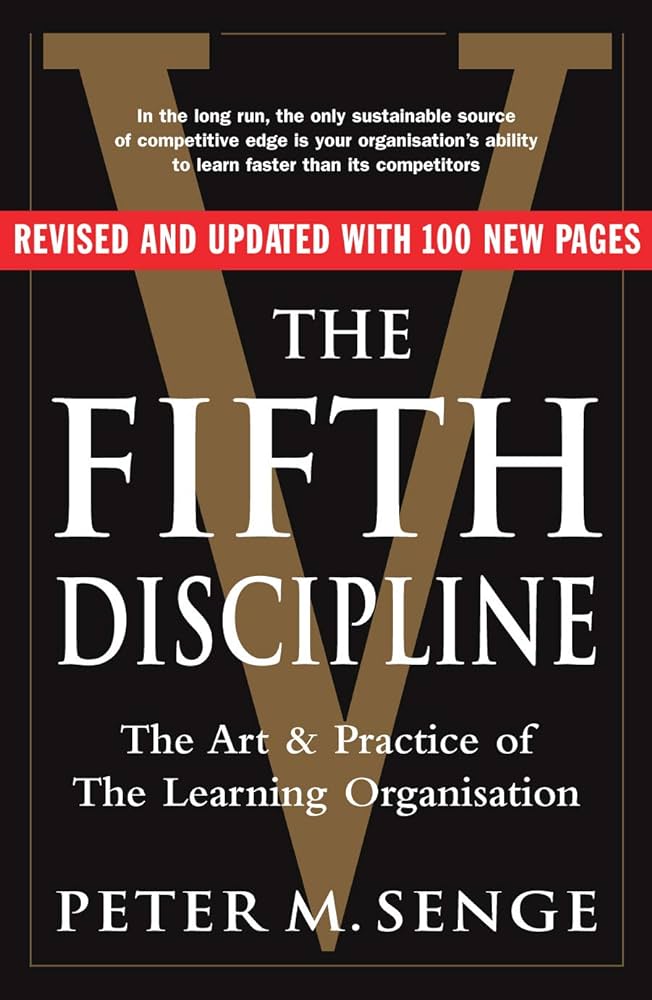Relationship Strength Score (RSS)
Relationship Strength Score (RSS)

The Customer Experience Culture Index (CXCI) is a measure of the quality of human interactions with customers in different channels. Unlike other mystery shopping methodologies, the CXCI is designed to focus on the quality of human contact and the emotional state of the customer during each contact
The Five Promises platform is an accessible, simple and standardized instrument for collecting customer feedback on the quality of human contact with customers. The analyzed feedback is then represented in interactive dashboards with insights on how to improve quality in your customer touch points in five key promises that any organization should fulfill for their customers.




 Copy Link
Copy Link
 E-mail
E-mail
 LinkedIn
LinkedIn
 Facebook
Facebook
 Telegram
Telegram
 WhatsApp
WhatsApp


 Go Back to Main Menu
Go Back to Main Menu















 Go Back
Go Back